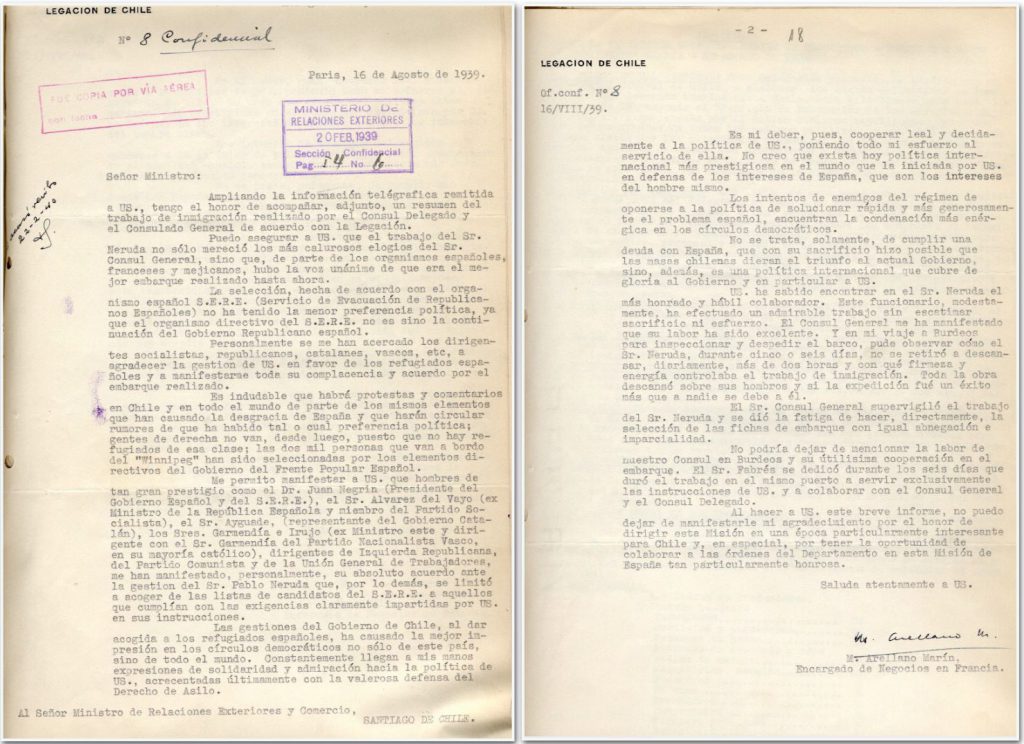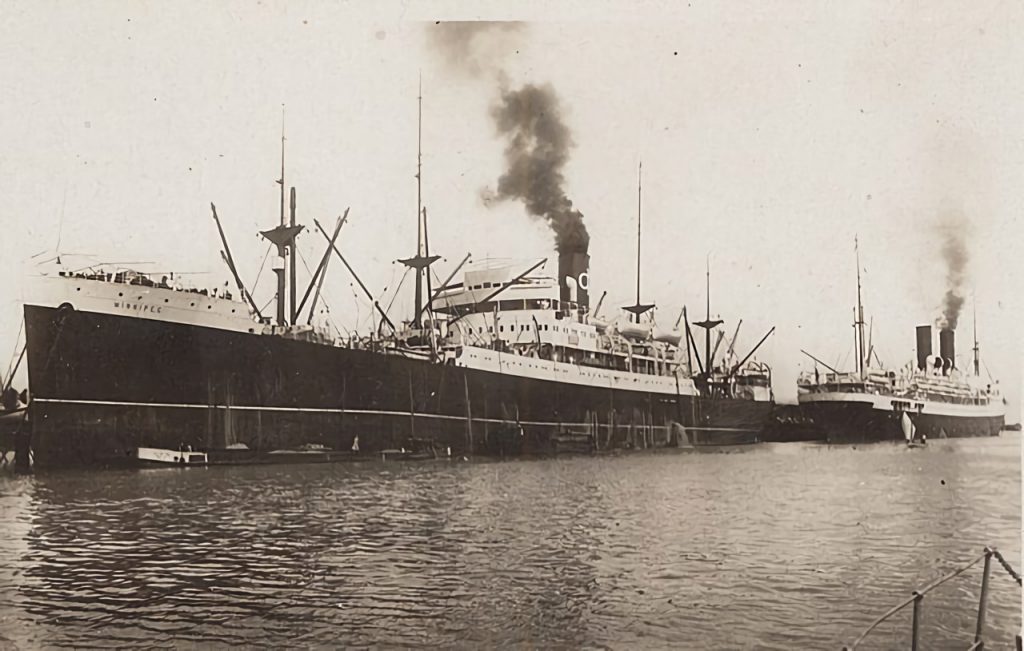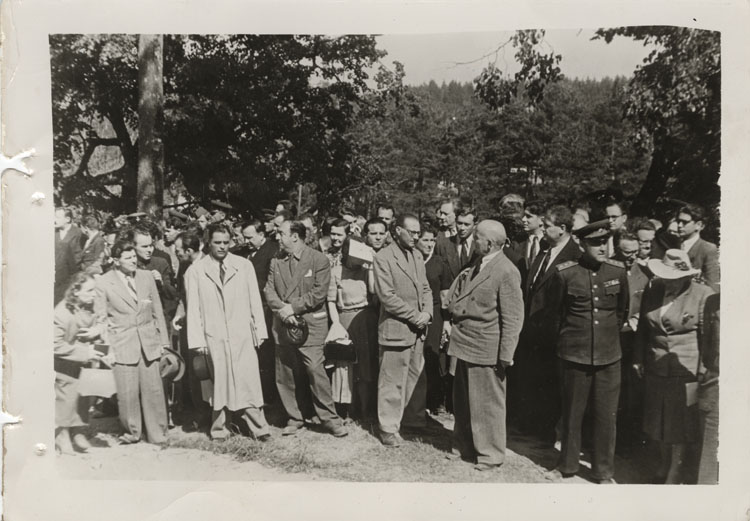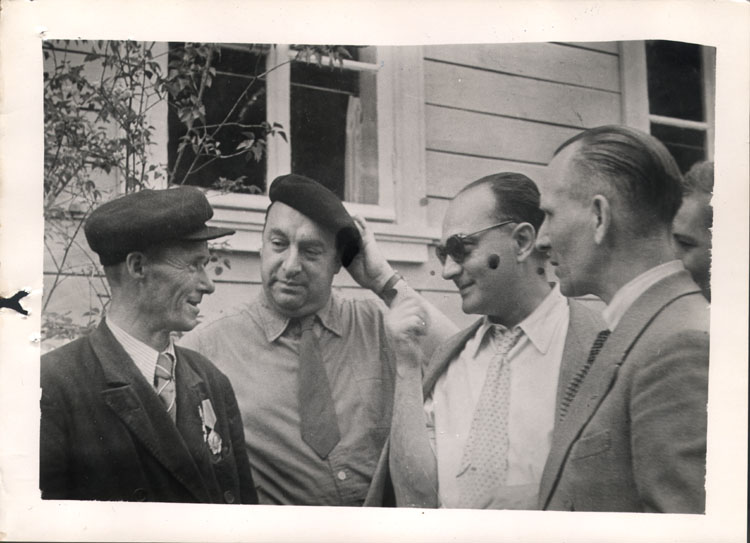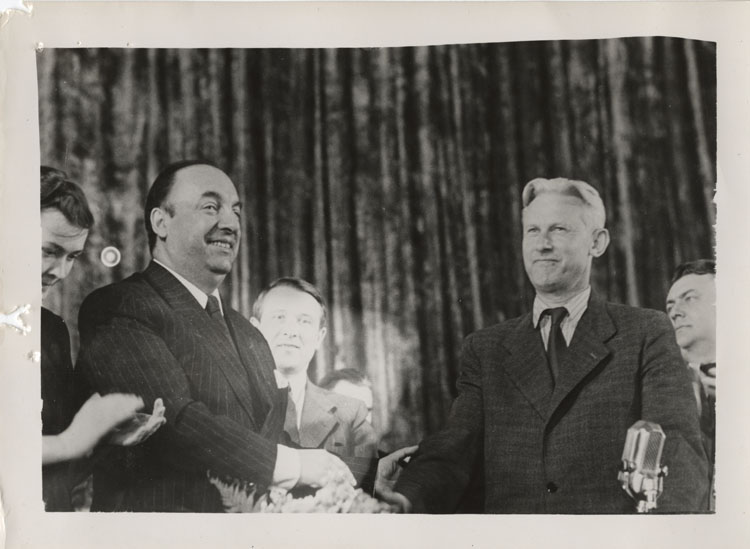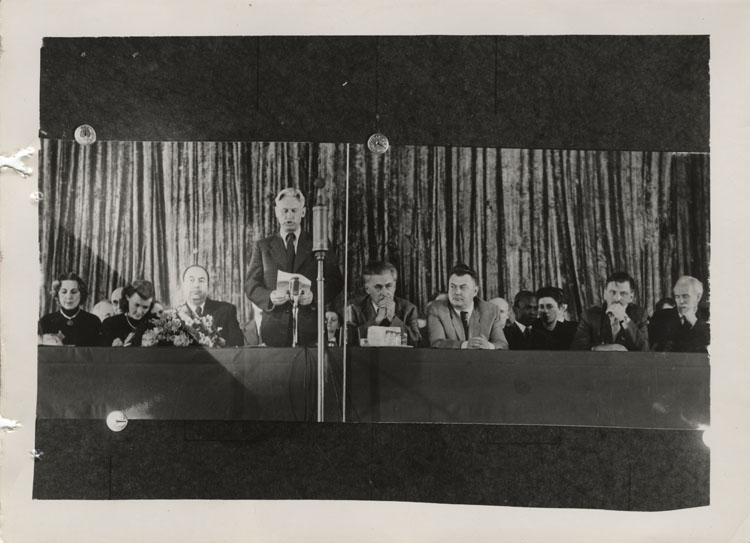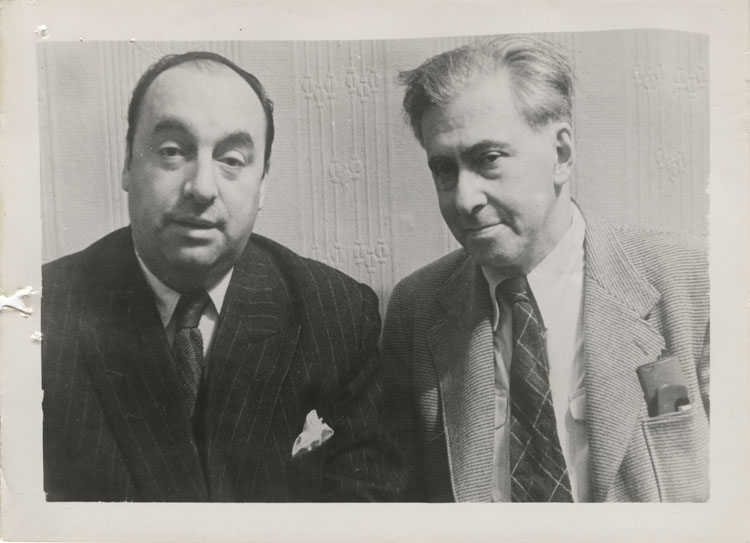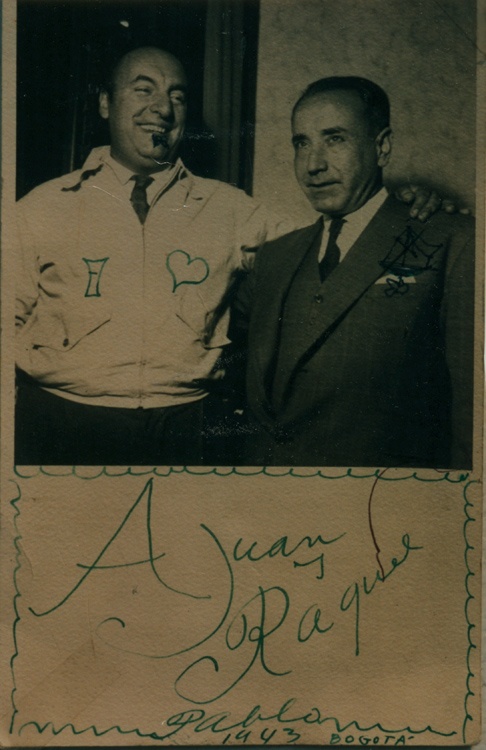Sandra Gutiérrez

Degree in History and Master in History and Management of Cultural Heritage. Director of the Historical Archive of the Ministry of Foreign Affairs of Chile.
Interview
When was the Historical Archive of the Ministry of Foreign Affairs created and what are its objectives?
The Ministry of Foreign Relations was created in 1871 and the first record of the operation of its archive is a circular dated November 23, 1901, which aims to organise the internal system of archives.
Later provisions separated the Historic Archive from the Registry Office and designated it as the General Historical Archive, with the sole function of preserving and ordering all the documents of the Chancellery. At present, the archive is a Department that depends on the Undersecretariat of the Ministry of Foreign Affairs, whose structure and objectives have become more complex.
Nowadays, its main functions are related to an integral archival management and its main objectives are focused on describing, preserving, and giving access, according to international and national standards, to the documentation originated and received by this Ministry. In addition, his function is to contribute to the transparency of information by attending to requests for transparency and inquiries from users, both in person and by email. This has become an important part of the work of our archive.
The main topics that can be investigated from our documents are diplomatic and consular management, bilateral relations with neighbouring countries, colonization and immigration, foreign trade, participation in international organizations and institutional history itself, among others.
What emblematic projects have you carried out in the Historical Archive?
Since 1994, the General Historical Archive has carried out important projects that have been financed with private or state funds, which have focused mainly on the organization, description and cataloguing of some of our documents collections, and on digitization and conservation of photographs belonging to our photographic archive.
• During 1994 and 1995, the Project for the Installation and Equipment of the Conservation Laboratory Restoration of the Paper Laboratory was carried out, with funds provided by Fundación Andes.
• Between 1998 and 2002, the Border Countries Archive Conservation and Cataloguing Project was carried out.
• In 2005 the Conservation and Cataloguing Project of the Photographic Collection of the Chancellery was carried out, with funds contributed by Harvard University.
• Between 2012 and 2013, 3,500 photographs were digitized for displaying the Photographic Archive in our catalogue on the website, which was financed by the Heritage Trust Project of the EMC Company.
• Between 2014 and 2016, the project “Enhancement of the Immigration Fund: Organization, Assessment and Description of Documentation” was carried out, stages 1 and 2, with funds from RADI.
• Between 2018 and 2020, the two phases of the project “Cataloguing the International Organizations Fund: First Stage (1983 – 1990) and Second Stage (1990 – 1992)” were carried out, also with funds contributed from RADI.
• Between 2019 and 2020, thanks to funds granted by RADI, the project “Conservation and Digitization of the Albums of the Chilean Chancellery Archive” was executed.
The photos of Neruda from the trip to the USSR, what year are they and for what reason?
The photographs of Pablo Neruda in the USSR correspond to a trip carried out in 1950 from Mexico, aboard the “steam Argentina”, which made a brief stop in Cuba.
In Moscow, he attended a meeting with communist representatives from around the world, in which was discussed the organization of a communist resistance army in each of the Latin American countries.
What were the diplomatic positions held by Pablo Neruda?
Starting his first diplomatic stage, Pablo Neruda was appointed in 1927 as Consul of Chile in Rangoon, Burma. In the period from that year to 1933, he also served as Consul in Colombo, Batavia and Buenos Aires.
In 1934 he assumed the position of Consul of Chile in Barcelona and the following year in Madrid. The outbreak of the Spanish Civil War in 1936 meant a hiatus in his diplomatic work, causing his return to Chile in 1937.
In 1939 he settled as Consul of Chile in Paris, from where he managed one of his greatest contributions as a representative of our country abroad. He organised the Winnipeg ship trip, which brought more than 2,000 Spaniards who chose Chile as the country of asylum.
Finally, in 1940 he was assigned as Consul to Mexico and between March 1971 and the end of 1972 he served as Ambassador in Paris.
Diplomatic Positions held by Pablo Neruda
1927: Consul of Rangoon, Burma.
1930: Consul in Batavia, Java.
1933: Consul in Buenos Aires, Argentina.
1934: Consul in Barcelona, Spain.
1935: Consul in Madrid, Spain.
1939: Consul in Paris, France, for Spanish immigration.
1940-1943: Consul in Mexico City.
1971-1972: Ambassador to Paris, France.
